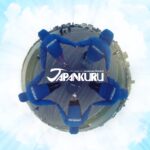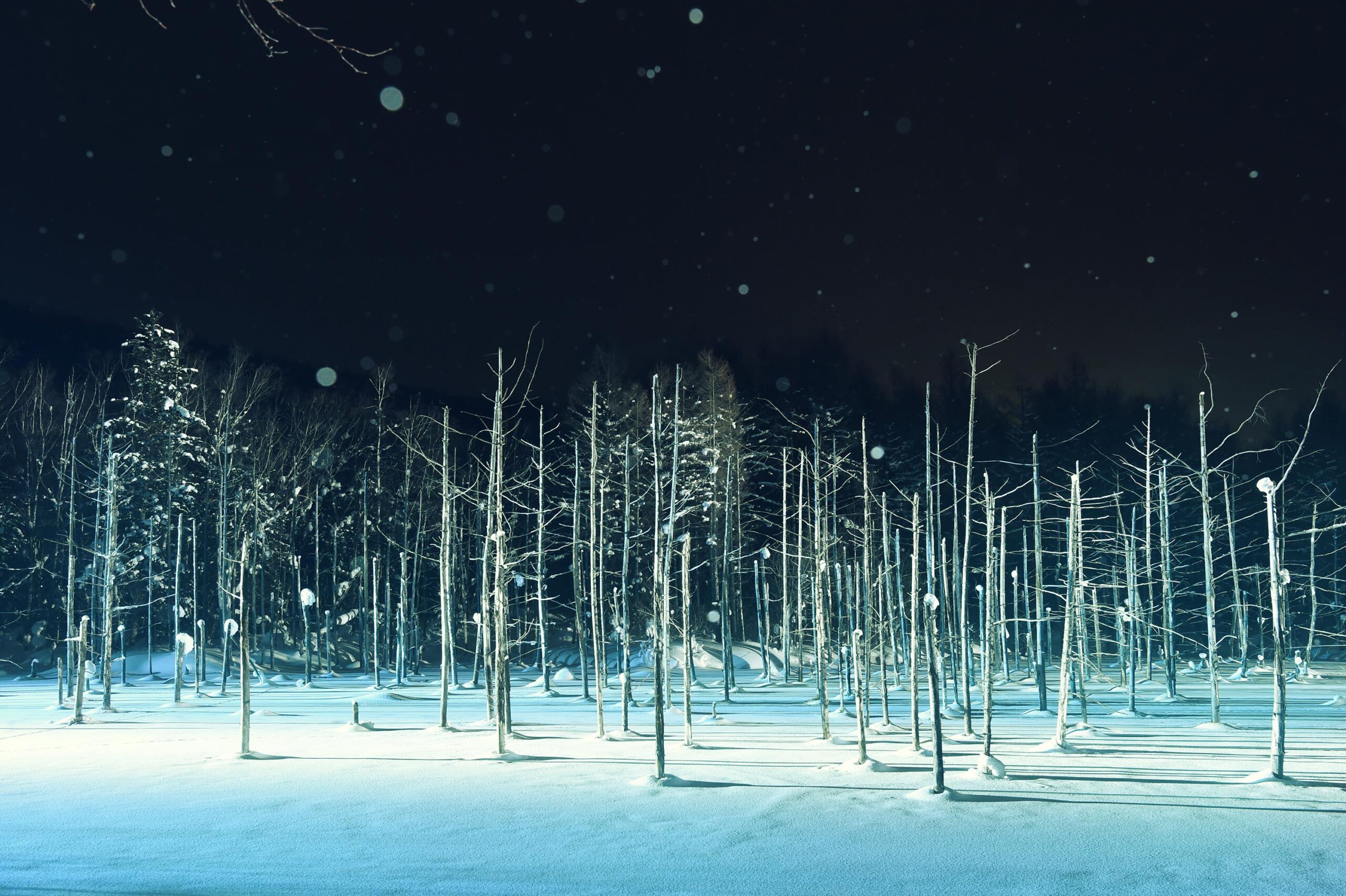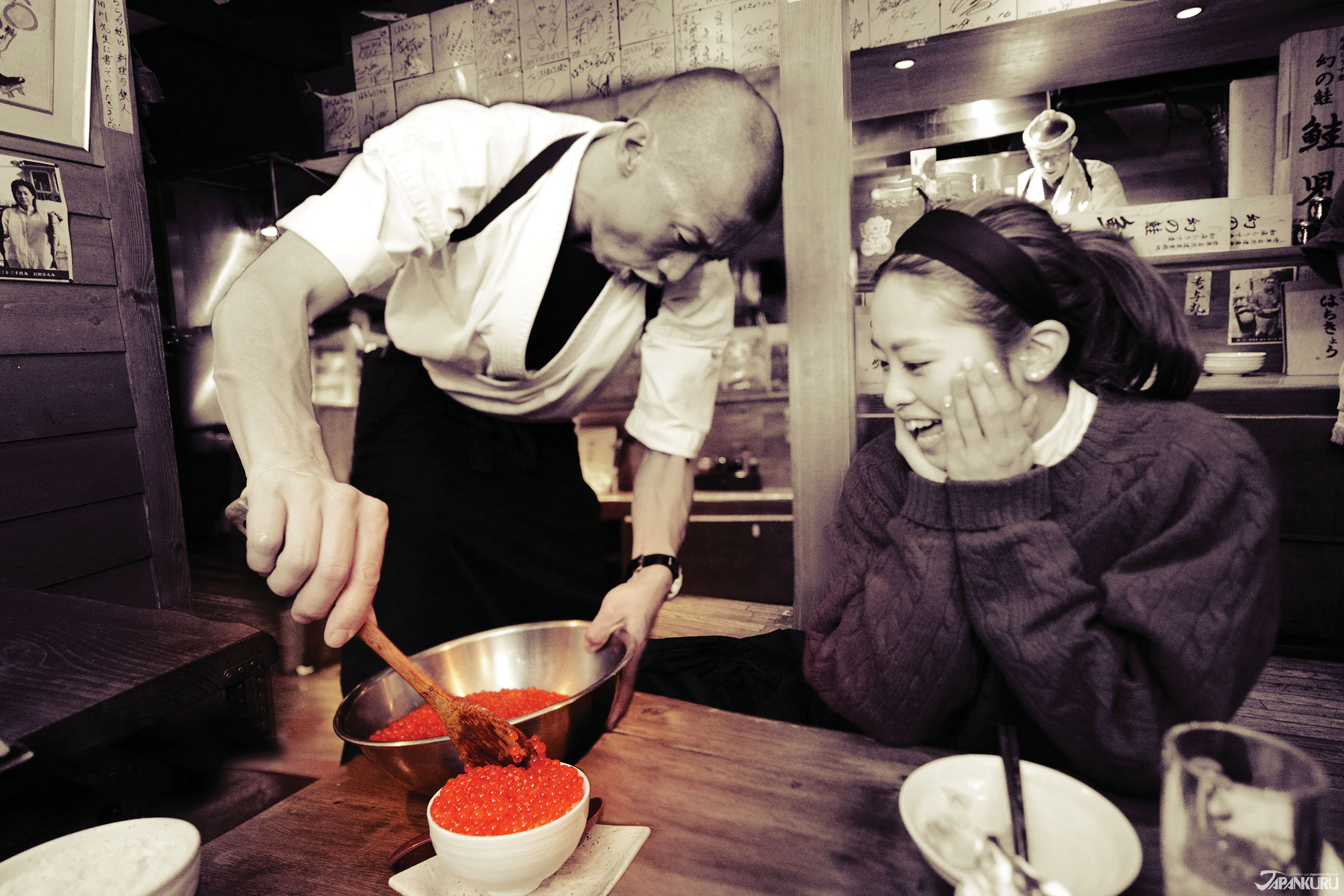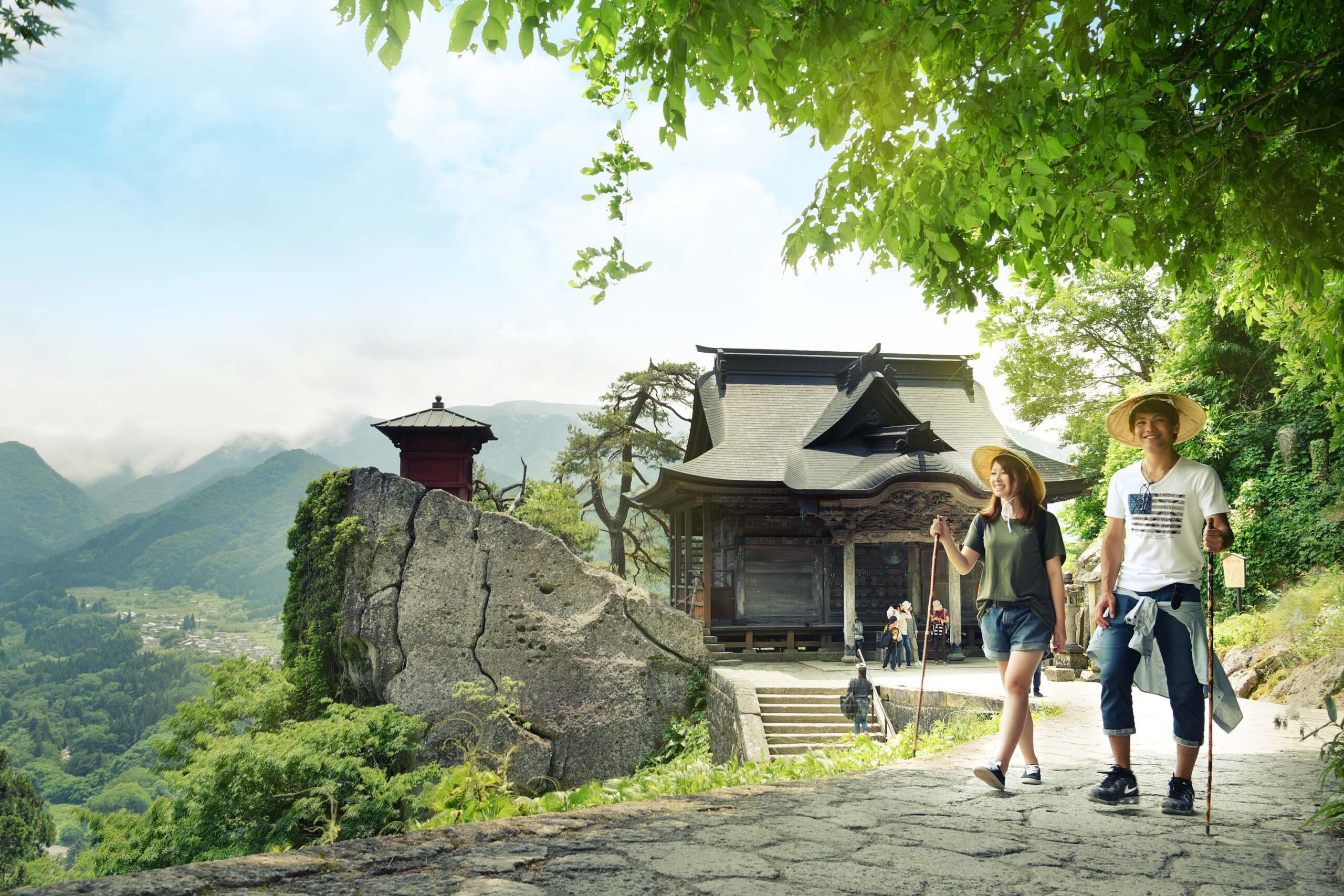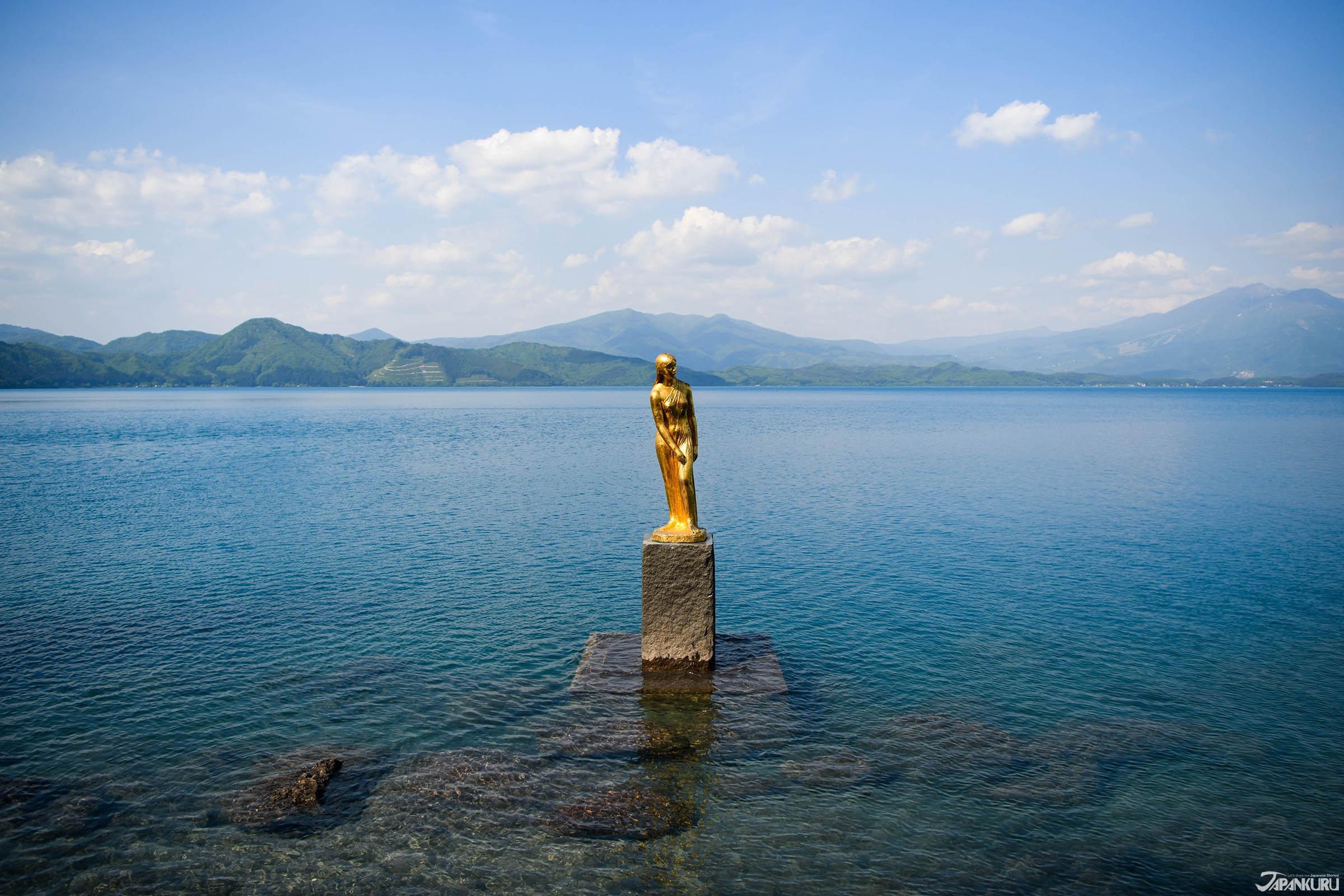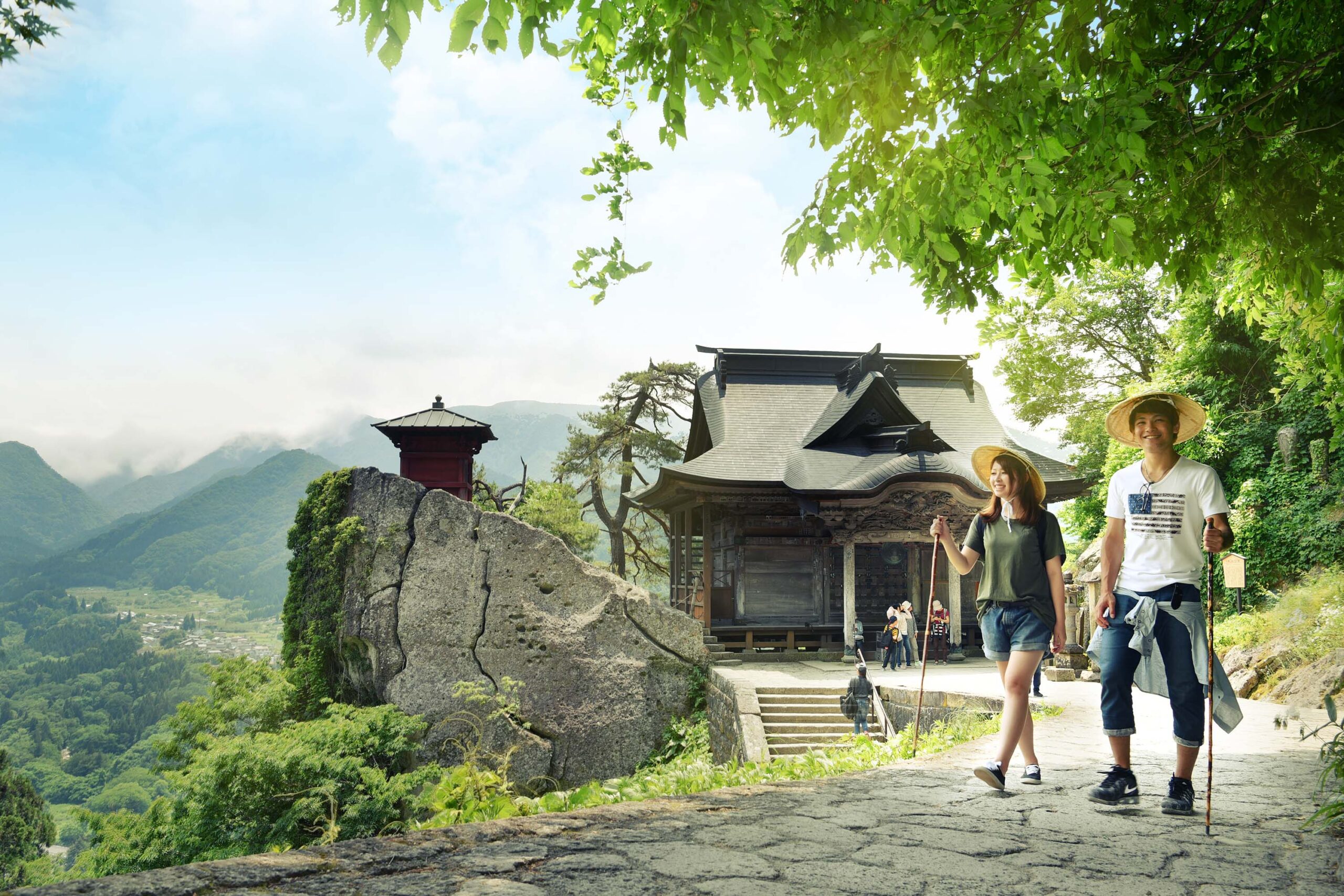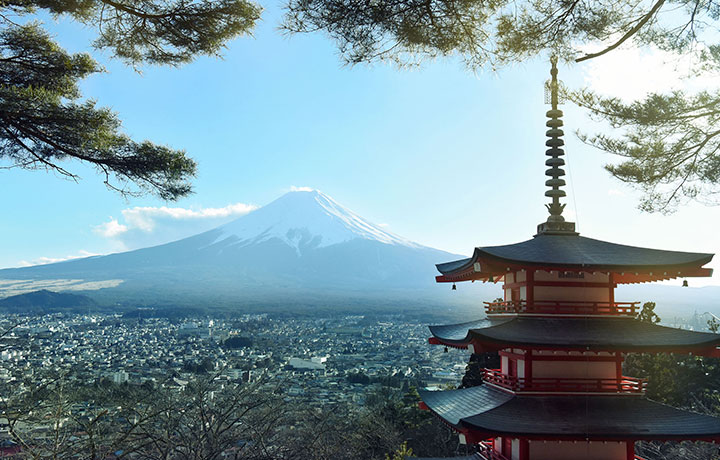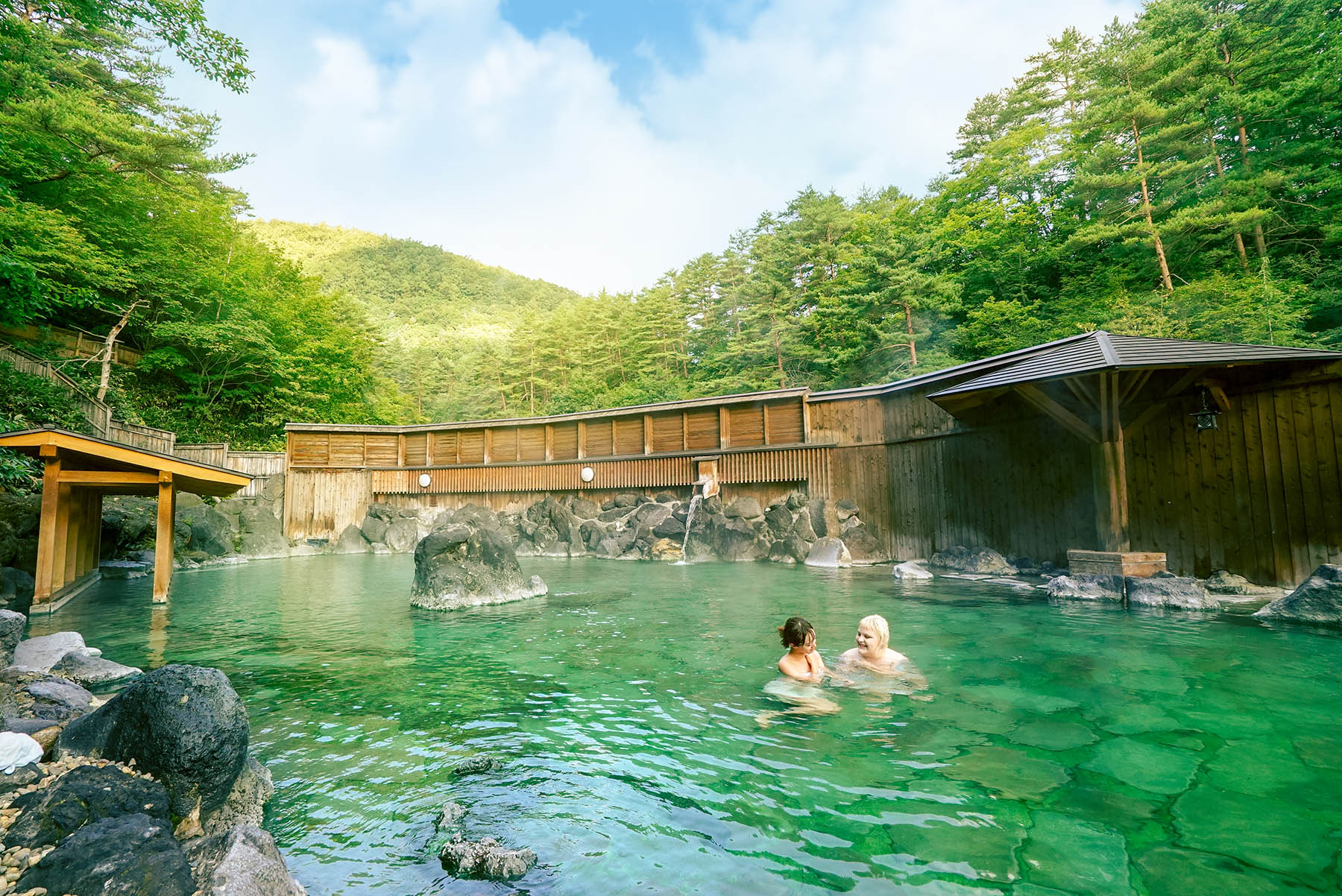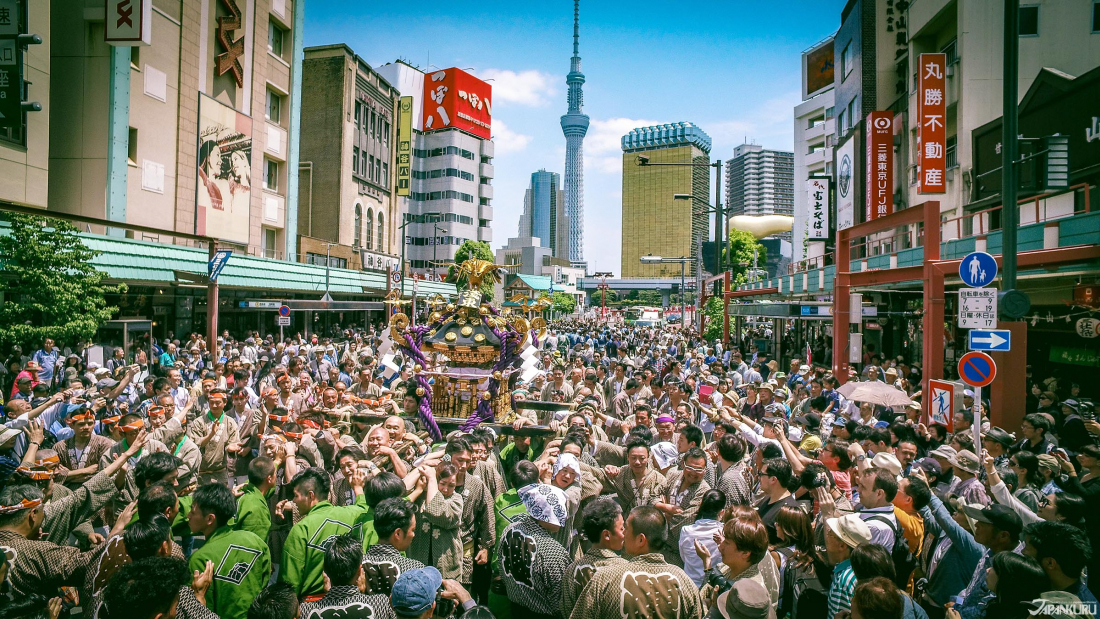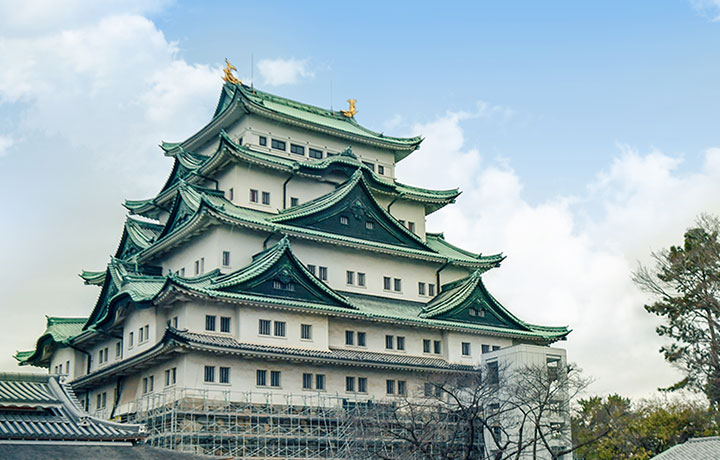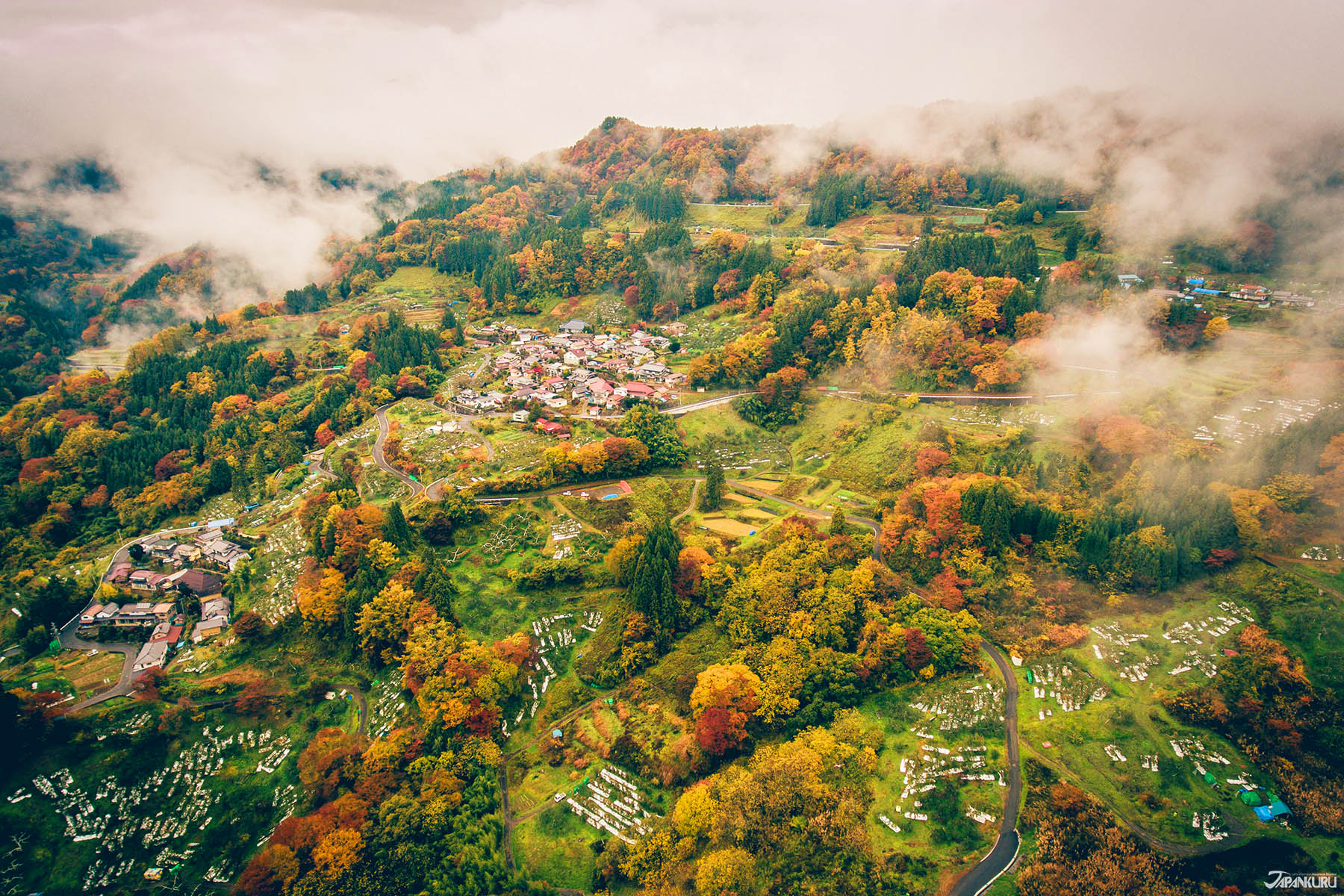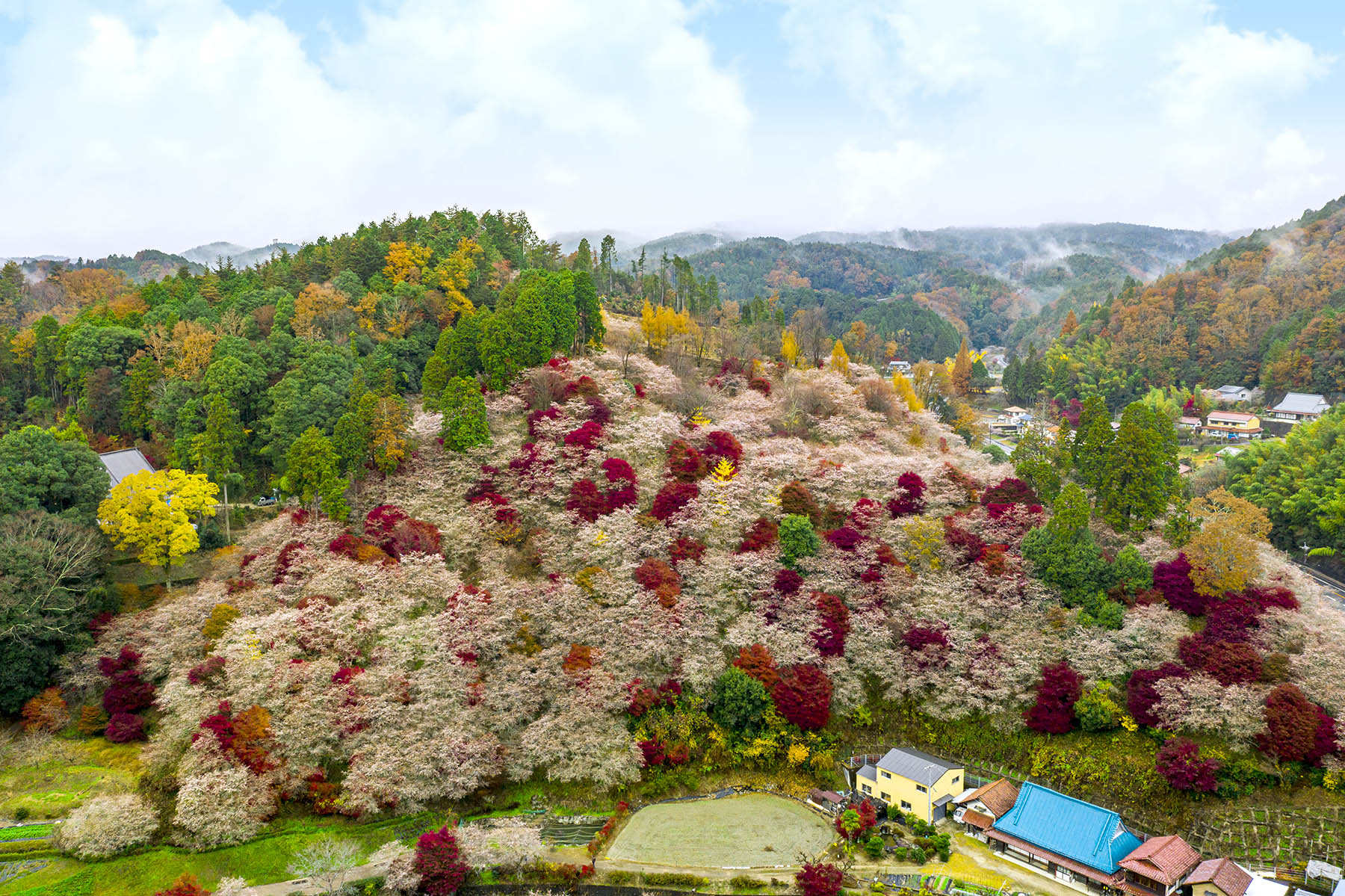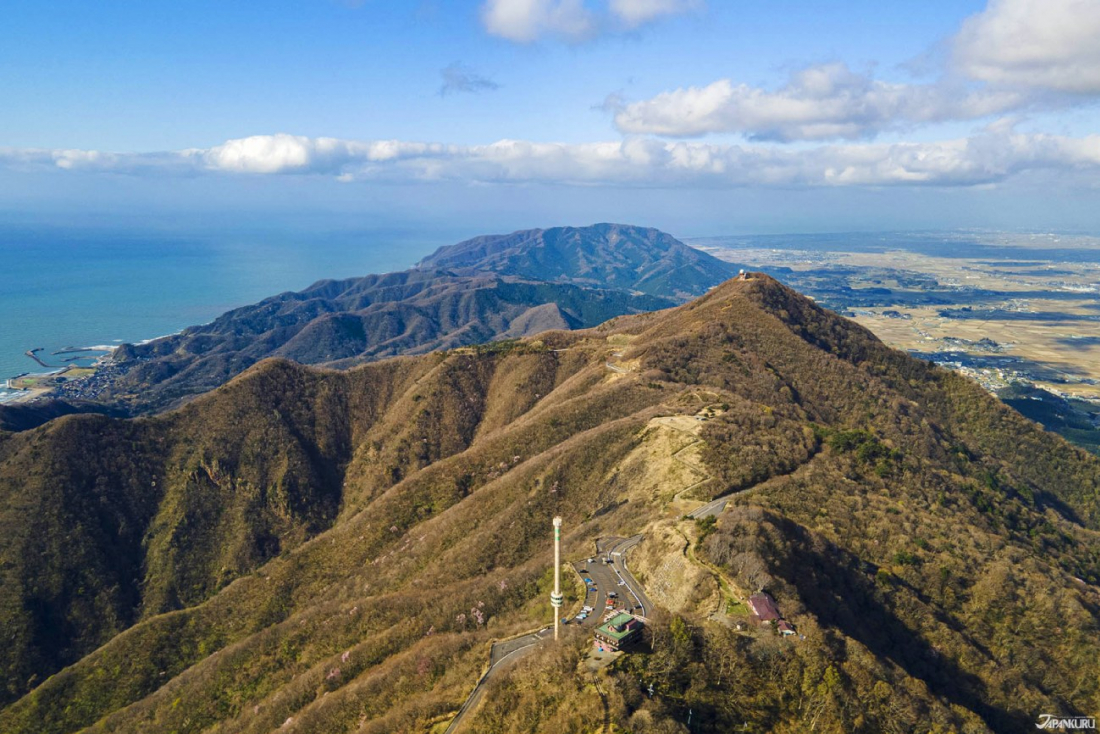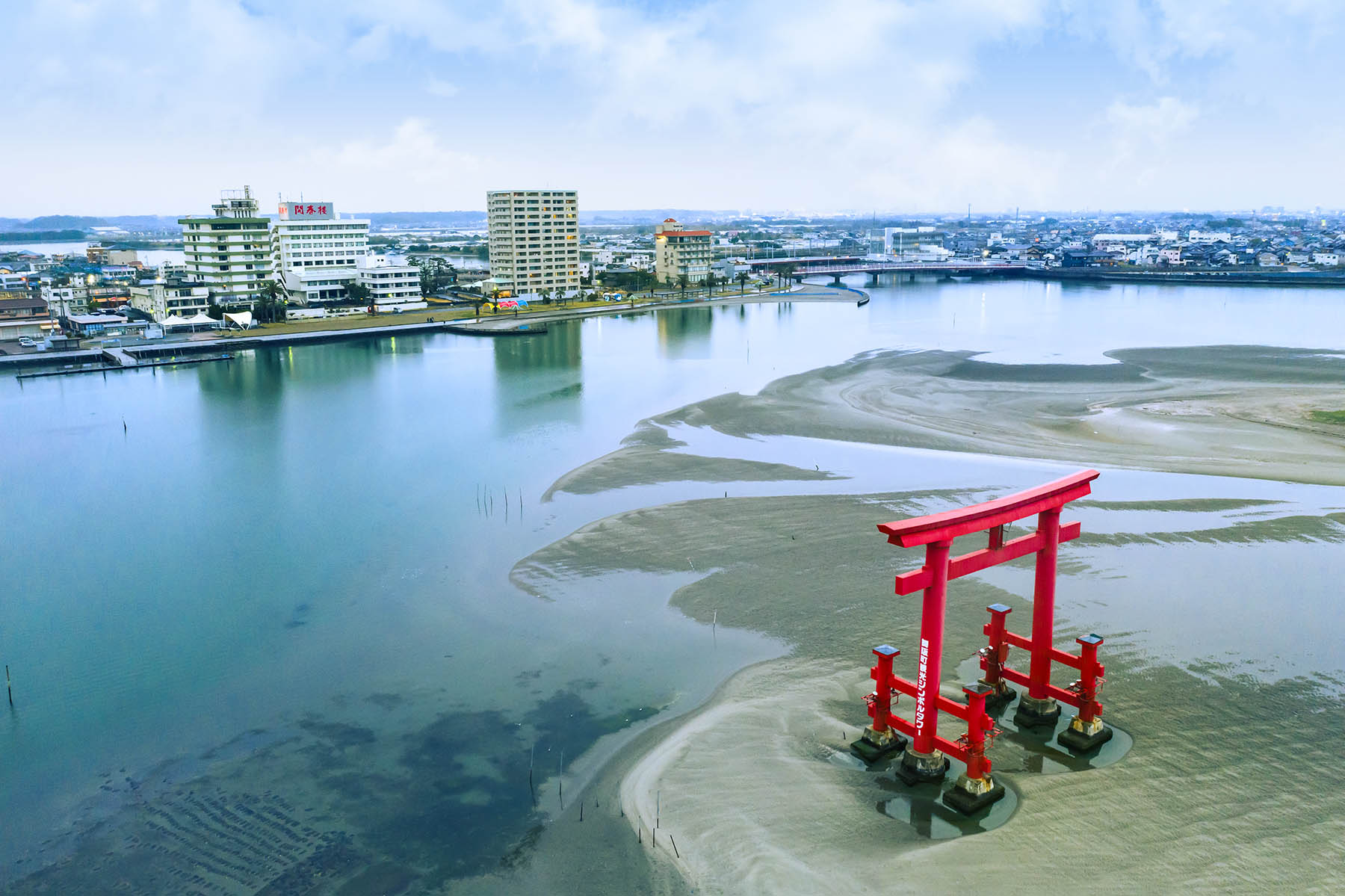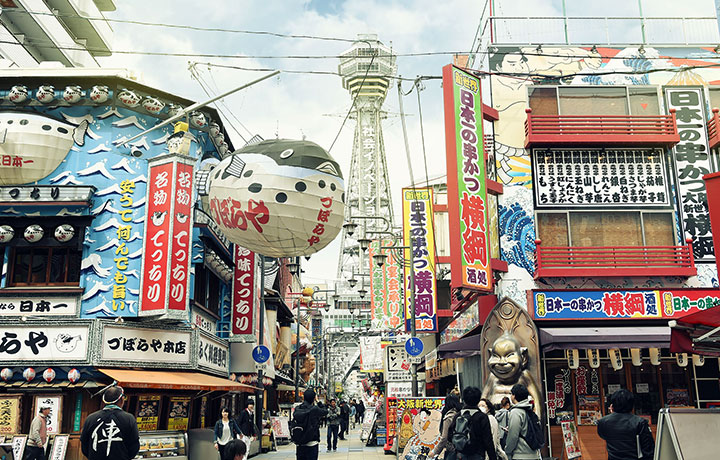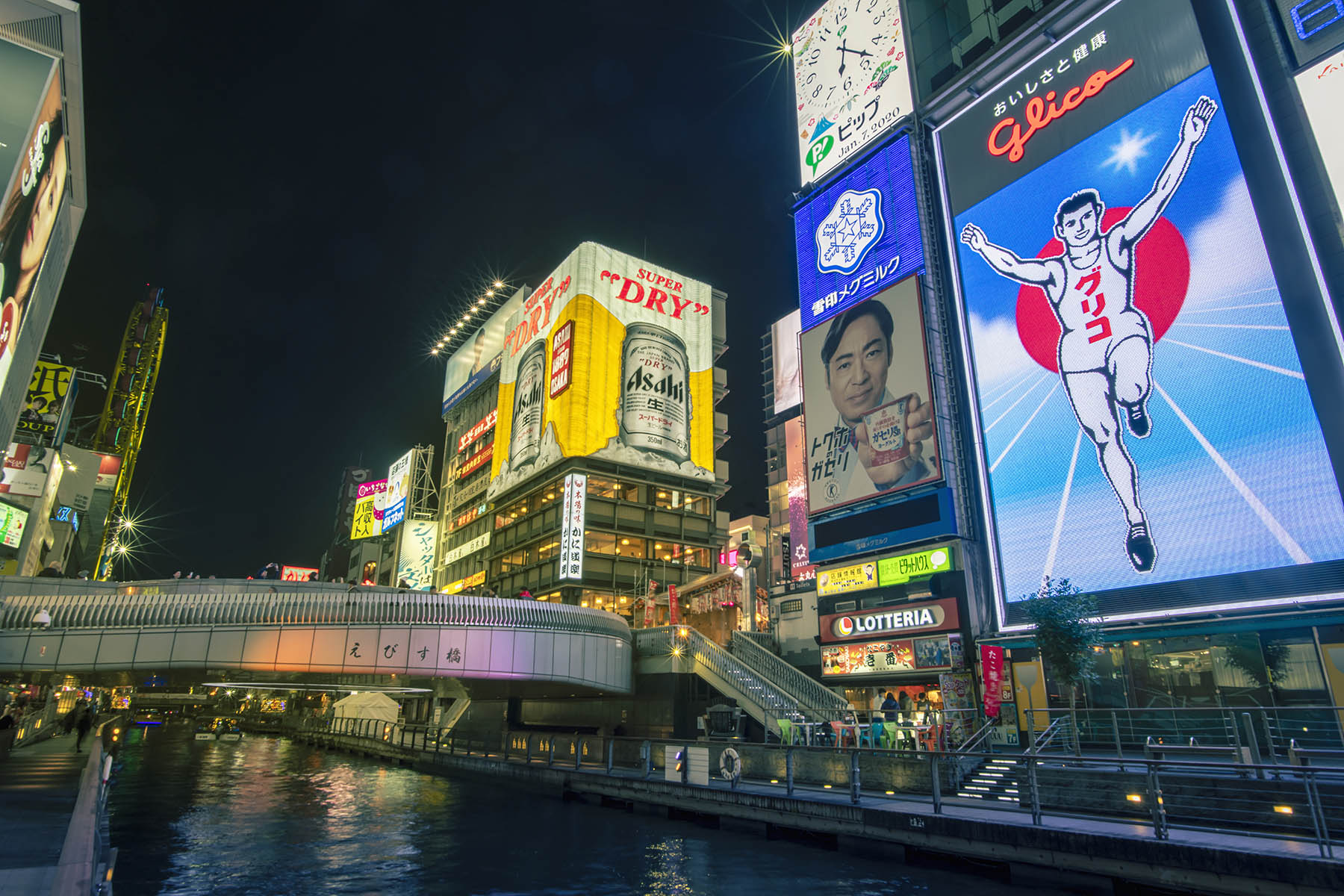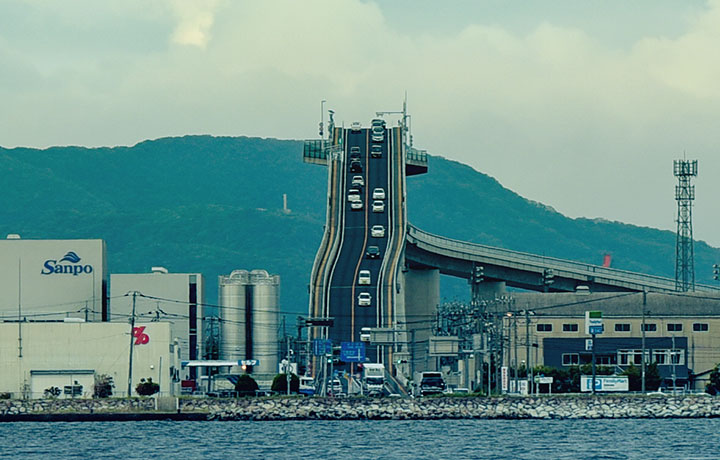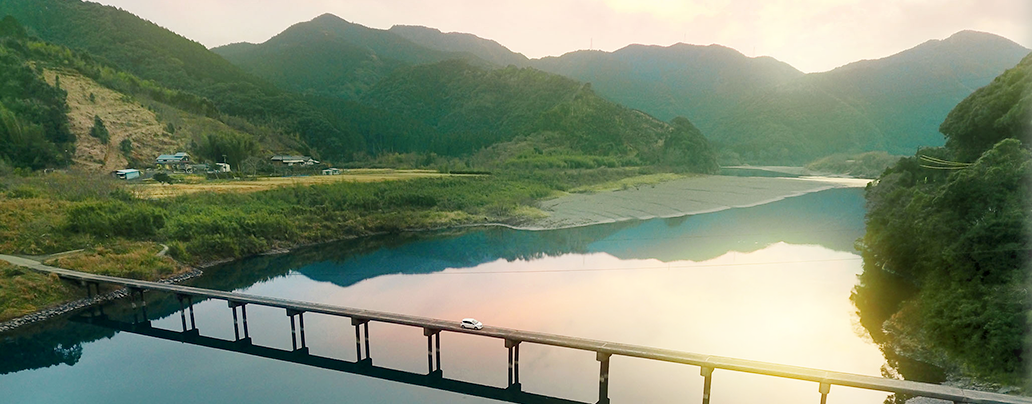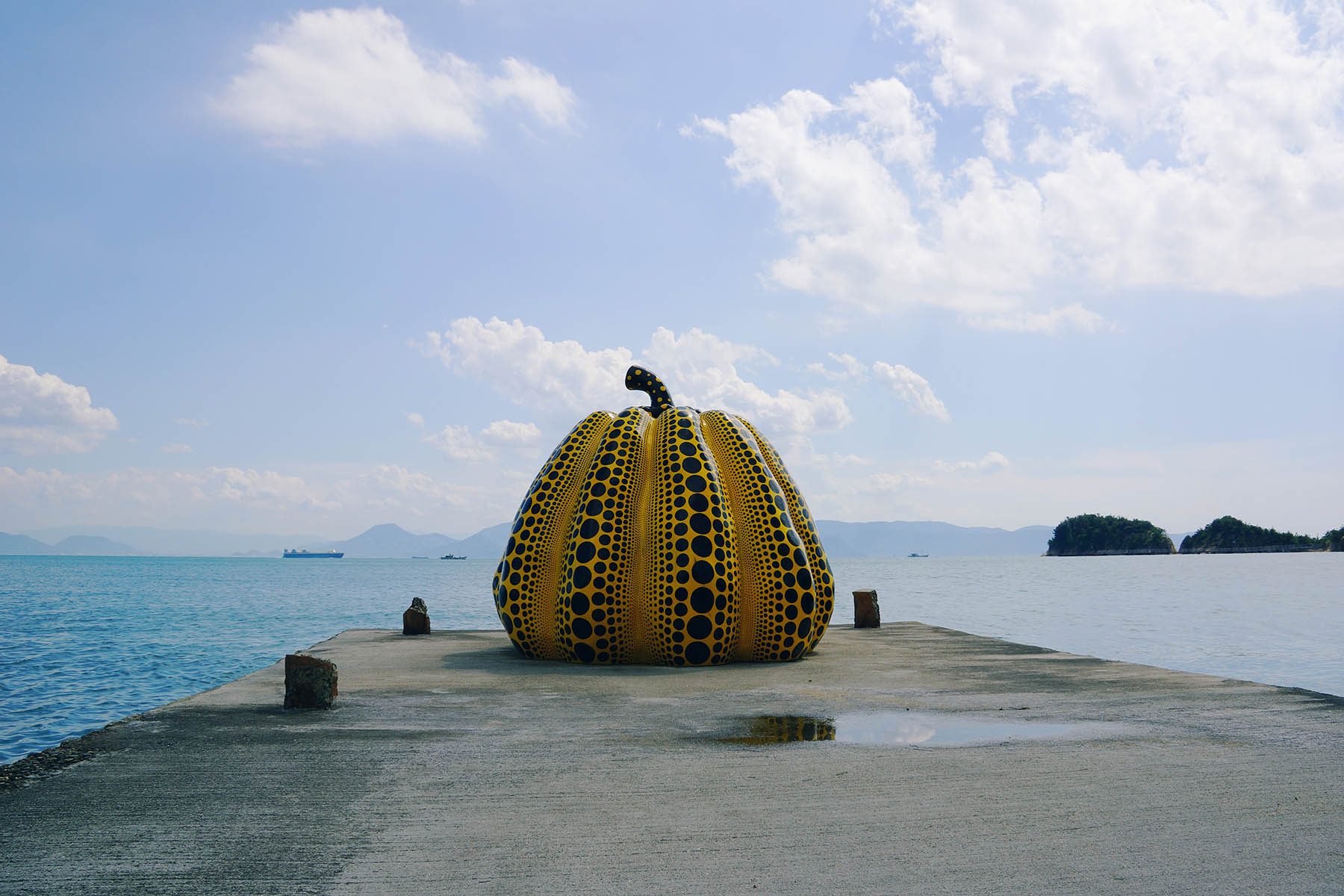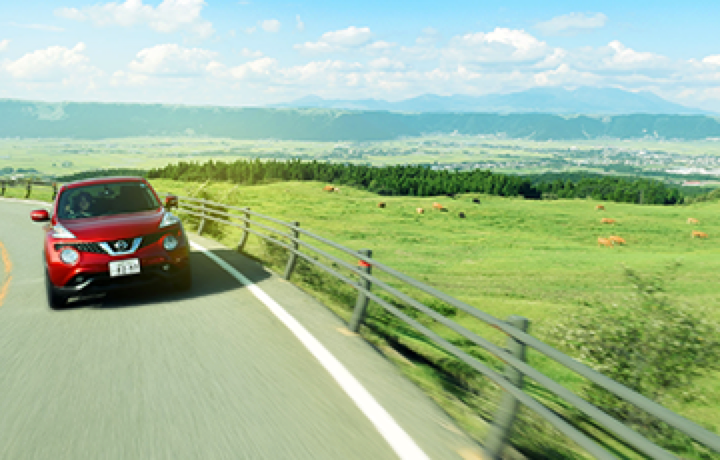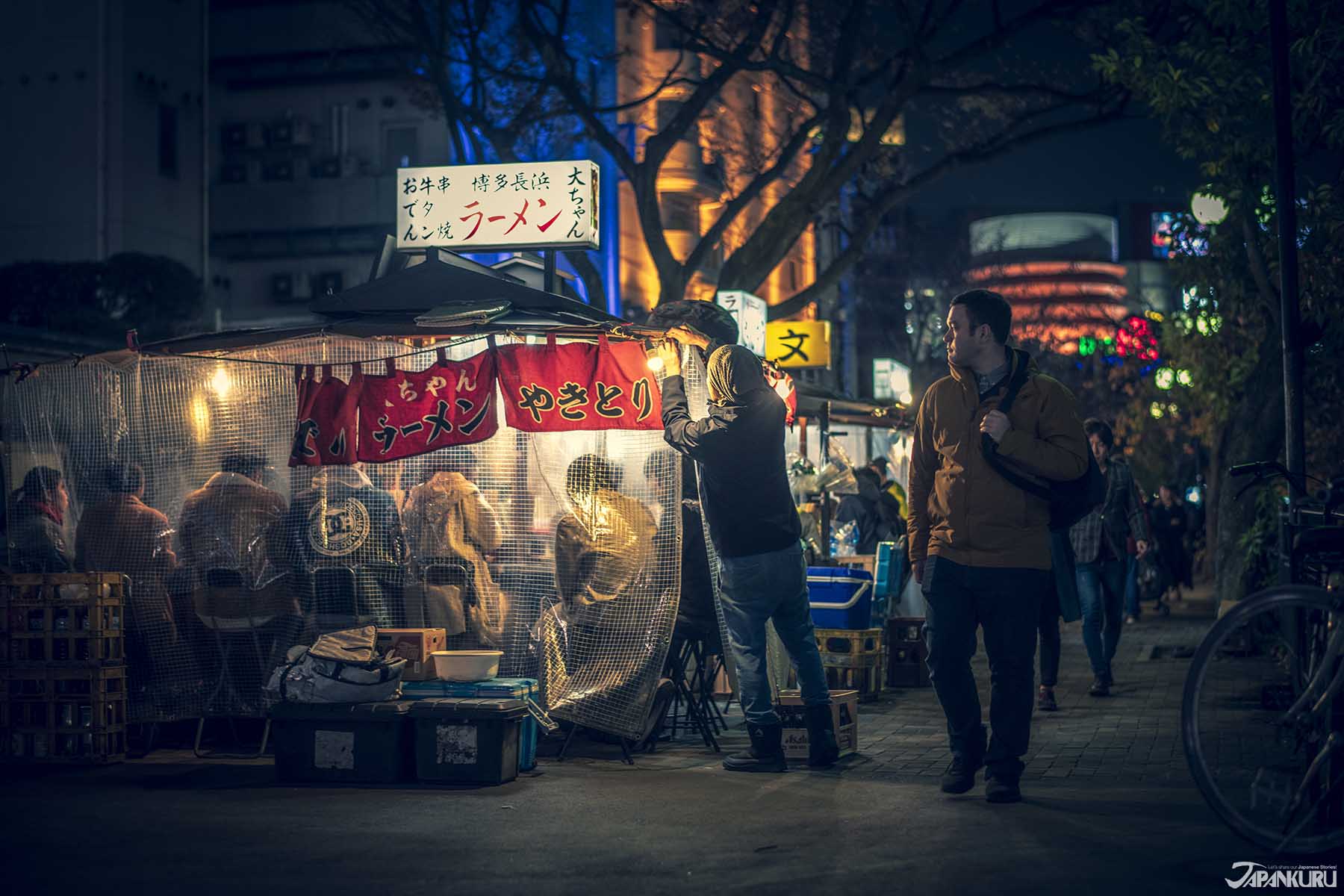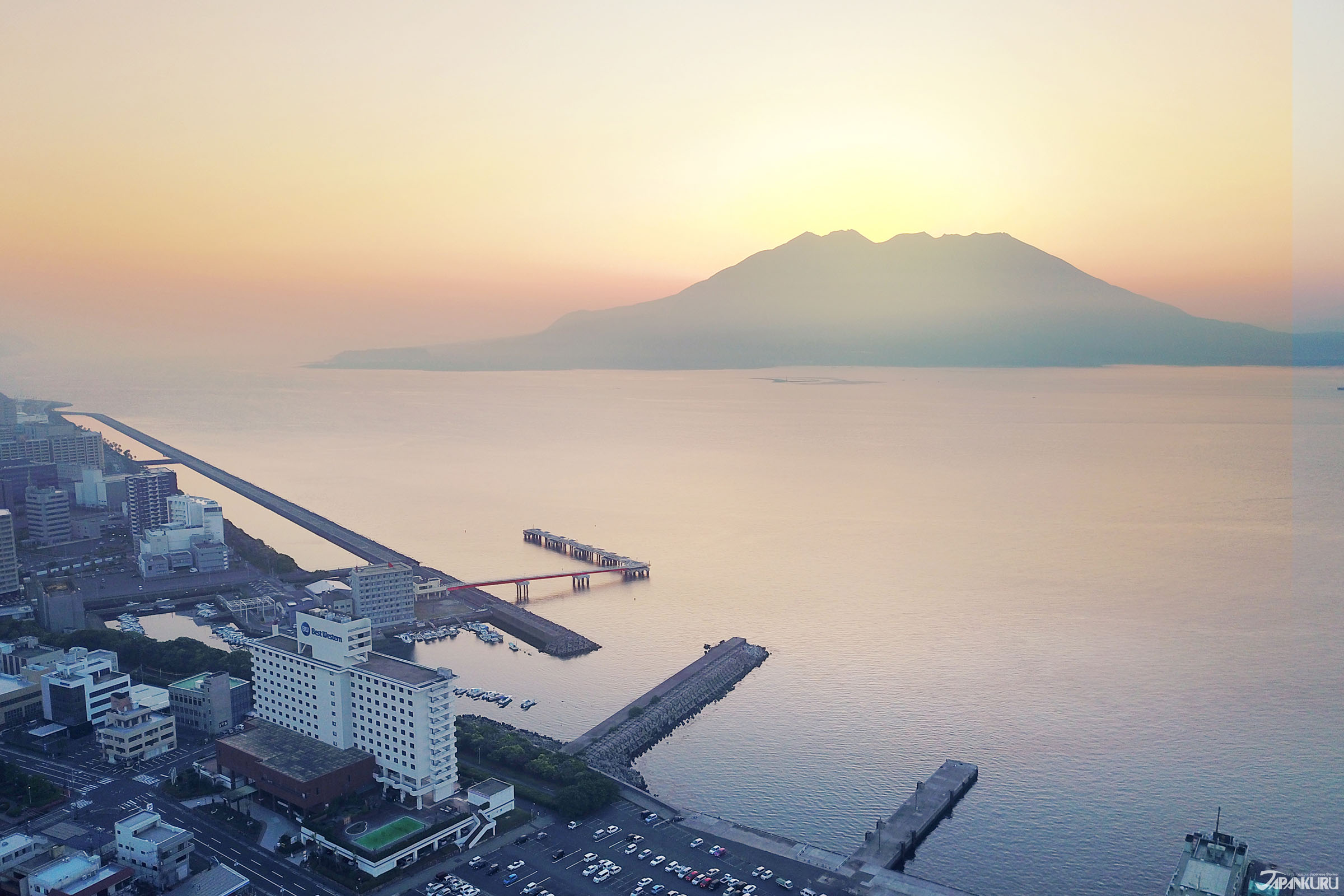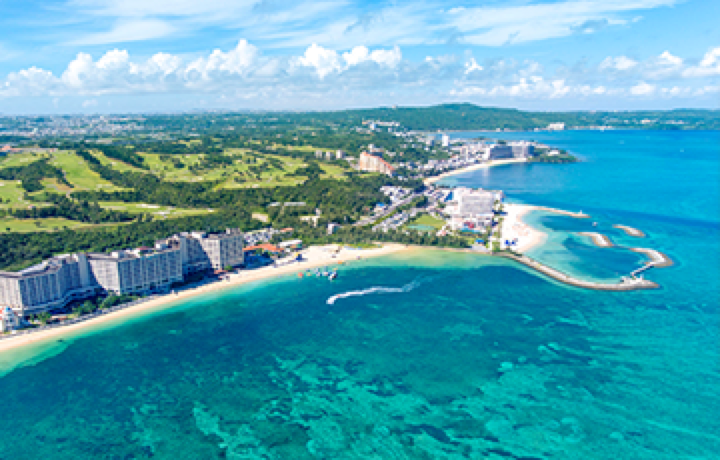CONTENTS
Comment parcourir le monde, sans jamais quitter le Japon! Loin des temples zen stéréotypés et des vues sur le mont Fuji, ces endroits sont au Japon, mais ils ne lui ressemblent certainement pas.
On est vraiment au Japon!?
Prenez une seconde, fermez les yeux et imaginez le Japon … Quels paysages naturels vous viennent à l'esprit? Des montagnes parsemées de sanctuaires et de temples? Les rives des îles rocheuses? Peut-être des rizières plates? Des fleurs de cerisier printanières?
Le Japon a certainement tout ce que vous imaginez, et votre voyage typique au pays du soleil levant vous emmènera à travers de nombreux paysages comme vous vous y attendez. Mais aujourd'hui, nous aimerions discuter de quelques destinations japonaises qui pourraient vous surprendre. Des déserts japonais aux Alpes … du Japon, et tout le reste, nous sommes sur le point de vous emmener dans un voyage autour du monde (sans jamais quitter le Japon)!
1. Sun Messe Nichinan, Miyazaki 【サンメッセ日南、宮崎県】
Voyagez loin au sud de l'île de Kyushu, au sud du Japon, jusqu'à une falaise herbeuse de la préfecture de Miyazaki surplombant la mer, et vous vous retrouverez debout sur la côte aux côtés de sept immenses statues moai, construites sur la colline au bord de Sun Messe Nichinan.
Comment sont-ils arrivés ici? Ces sept moai ont en fait été construits en commémoration du peuple japonais qui a aidé à la restauration des Moais d'origine sur l'île de Pâques. En règle générale, les reproductions de moai à cette échelle sont interdites, et par respect pour les habitants de l'île de Pâques, vous ne verrez pas d'énormes moai n'importe où. Ces sept-là ont été spécialement autorisés en guise de remerciement au Japon qui ont soutenu le projet de restauration des moai originaux loin à travers le Pacifique. On dit également que les moai de Miyazaki symbolisent les anciens explorateurs de l'île de Pâques ― on dit que ces anciens marins ont voyagé assez loin, même si le Japon était probablement hors de leur portée!
Un aperçu de l'île de Pâque de Miyazaki.
Vous pouvez méditer sur le moai miraculeux tout en étant assis avec ces autres sculptures de la région de Miyazaki.
Alors que les chefs de tribus locaux ont permis aux membres du projet de restauration de faire des copies du moai à rapporter au Japon dans les années 90, le matériau est en fait différent des originaux. L'équipe a obtenu une dispense spéciale pour recréer l'image du moai, mais ils n'étaient toujours pas autorisés à utiliser ou à rapporter à la maison la pierre extraite de l'île de Pâques elle-même.
Sunmesse Nichinan (サンメッセ日南)
Adresse: 2650 Miyaura, Nichinan, Miyazaki
Fermé les mercredi
Tarifs: Adultes: 700 yens, lycéens 500 yen, Enfants de plus de 4 ans 350 yen
Official Website (jp)
2. La dune de Tottori, à Tottori【鳥取砂丘、鳥取県】
La préfecture de Tottori s'étend le long de la côte avec de nombreuses plages attrayantes, mais une plage en particulier a un aspect un peu différent, grâce à cette gigantesque dune de sable côtière. Ce n'est pas tout à fait votre dune de plage moyenne, celle-ci est de 16 km d'est en ouest et 2 km du nord au sud. Détournez les yeux de l'eau, et c'est comme si vous étiez soudainement entré dans un désert. Les couchers de soleil scintillant sur le sable et l'eau ensemble sont vraiment quelque chose à voir.
Les Japonais aiment aussi considérer la dune comme leur propre petit désert japonais. Ce n'est peut-être pas tout à fait de la taille du désert de Gobi, mais les montagnes de sable suffisent à impressionner et les visiteurs peuvent faire des promenades à dos de chameau pour vraiment profiter de l'atmosphère du désert. La grande étendue ouverte est également un endroit populaire pour le parapente, le VTT et d'autres activités de plein air sur le sable.
Vous pouvez même glisser sur le sable comme si vous faisiez de la luge sur la neige!
Tottori Sand Dune
Adresse: 2164-661 Fukubecho Yuyama, Tottori
Official Website (jp)
Des paysages comme une peinture ― mais peut-être pas la peinture japonaise.
Roulez et glissez sur la pente de la dune de Tottori.
3. Le pont de Tsunoshima, Yamaguchi 【角島大橋、山口県】
L'océan peut certainement être magnifique en lui-même, mais la vue de ce pont sur les eaux bleues, qui a l'air de se prolonger dans l'éternité, est encore plus spectaculaire. Il s'agit du pont Tsunoshima Ohashi dans la préfecture de Yamaguchi. Il a été construit en 2000 pour relier Shimonoseki sur le continent japonais et l'île de Tsunoshima. Ce pont a été élu meilleur pont du Japon en 2015, ce qui en dit long compte tenu du nombre de ponts dans le pays qui sont des attractions touristiques en eux-mêmes.
Ce n'est pas une illusion d'optique ― c'est simplement un pont très long!
Vous pouvez voir le pont se diriger vers l'île de Tsunoshima comme un serpent d'argent à travers les eaux émeraude.
Cela vaut vraiment la peine de trouver un moyen de conduire le long du pont lui-même, afin que vous puissiez profiter du paysage tout le long de Shimonoseki aux rives de l'île. Une autre destination d'été, peut-être? (C'est certainement une bonne option pour tous ceux qui essaient de continuer la distanciation sociale pendant l'épidémie de COVID-19.)
Tsunoshima Bridge
Adresse: Tsunoshima, Toyokitacho Oaza, Shimonoseki-shi, Yamaguchi
4. Fukugi-Namiki, Okinawa【フクギ並木、沖縄】
Un peu comme le Hawaï du Japon, nous sommes voilà à Okinawa! Mais alors qu'Okinawa ressemble plus à une île tropicale qu'au Japon stéréotypé, cet endroit particulier est unique à sa manière. La route Fukugi-Namiki est connue pour son chemin en forme de labyrinthe à travers la végétation dense de l'île, comme un petit échantillon de jungle à quelques minutes de l'océan et de les petites villes d'Okinawa. Vous pouvez vous promener parmi les arbres avec un guide local dans une calèche tirée par des buffles, ou savourer chaque étape en marchant dans cette petite forêt tropicale.
Vous pouvez aussi louer des vélos aux alentours!
De l'autre côté des arbres épais ressemblant à la jungle se trouve la plage! Vous n'êtes jamais à plus de quelques pas des eaux claires emblématiques d'Okinawa. Il n'est pas surprenant que cette région soit également populaire en tant que site de photos de mariage, car elle donne à tout une ambiance de forêt tropicale insulaire, bien qu'elle soit toujours au Japon! La lumière tachetée filtrant à travers les feuilles vertes donne un bel effet mystérieux aux photos.
Fukugi-Namiki Road
Adresse: 389 Bize, Motopucho, Kunigami-Gun, Okinawa
5. Hakuba, Nagano【白馬、長野県】
Selon d'où vous venez, ce dernier endroit sera peut-être moins surprenant pour vous. Les pistes de ski japonaises gagnent en popularité grâce à la poudreuse incroyablement sèche et sont depuis longtemps une destination hivernale pour les Australiens. Mais pour ceux d'entre nous qui pensent aux montagnes japonaises et n'imaginent qu'une petite calotte de neige au sommet du mont Fuji, il est temps de rencontrer les Alpes japonaises. Les sommets spectaculaires sont enneigés toute l'année, et tandis que l'hiver attire les skieurs du monde entier, les randonneurs affluent pendant les mois les plus chauds. Les pentes sont si bonnes que les Jeux Olympiques d'hiver de 1998 au Japon ont également eu lieu ici. Nous pouvons voir pourquoi ils ont été nommés d'après la célèbre chaîne de montagnes d'Europe.
Hakuba, Nagano
Adresse: Hakubamura, Kita-Azumigun, Nagano
Souvent trouvée sur Internet, l'image d'un bus traversant de hauts murs de neige n'est pas une création de Photoshop ― elle provient de la route alpine Tateyama Kurobe, qui relie les Alpes japonaises de la préfecture de Nagano à la préfecture de Toyama.
Vous vous sentez un peu perdu au Japon?
Voyager à travers le Japon mais découvrir d'autres pays … nous comprenons que c'est un peu déroutant! Mais ces endroits peuvent faire des vacances japonaises très intéressantes. Si vous êtes prêt à mélanger votre itinéraire japonais avec quelque chose d'unique, vous avez cinq nouvelles destinations inattendues à ajouter à la liste. Et si vous vous êtes toujours indécis, suivez-nous sur twitter, instagram, and facebook pour obtenir des réponses à vos questions et voir plus de mises à jour, d'informations et d'itinéraires en provenance du Japon!
PROFILE
Follow us @Japankuru on Facebook, Instagram, and Twitter!
COMMENT
FEATURED MEDIA
VIEW MORE
・The new Tokyo flagship for Volcom Japan is a center for all things skateboarding, street fashion, art, and culture, all in the heart of Shibuya! ・Volcom日本旗艦店東京澀谷登場 本格派滑板街頭潮流藝文新據點 #Volcom #japankuru #shibuya #日本購物 #日本潮流 #日本街頭時尚 #澀谷 #東京購物 #東京購物推薦 #東京潮店 #澀谷潮店 #滑板 #雪板 #衝浪 #볼컴 #시부야

Which snacks make the best Japanese souvenirs?~ Jaga Pirika ~ 일본과자 선물 뭐하지?~자가피리카 편~ #pr #calbee #jagapokkuru #japanesesnacks #japanesefood #japanesesouvenir #japantravel #japantrip #naritaairport #hokkaido #나리타국제공항 #일본여행선물 #흔하지않은기념품 #일본쇼핑리스트 #일본과자추천 #고구마과자 #일본간식추천 #일본면세점쇼핑 #개별포장 #일본감자칩 #도쿄나리타공항면세점 #현지인추천 #일본여행 #일본기념품리스트 #자가포쿠루 #자가피리카

Asakusa's Sanja Matsuri, one of the biggest festivals in all of Tokyo, is almost here! Make sure you check out the festival route so you don't miss all the festivities this May. #asakusa #sanjafestival #sanjamatsuri #asakusashrine #sensoji #sensojitemple #japanesefestival #shintoshrine #japaneseculture #tokyo #tokyotrip #tokyotravel #asakusasightseeing #matsuri #japantrip #japantravel #springinjapan #tokyotravel #japankuru #산자마츠리 #아사쿠사 #일본마츠리 #일본여행 #일본5월

Odaiba's DiverCity Tokyo Plaza is home to the famous real-size 20m-tall Unicorn Gundam, and the popular shopping center has even more Gundam on the inside! Check out the Gundam Base Tokyo on the 7th floor for shelves upon shelves of Gunpla, and the Gundam Base Tokyo Annex on the 2nd floor for cool anime merchandise. Both shops have tons of limited-edition items! #pr #odaiba #tokyo #tokyotrip #japantrip #japantravel #PR #divercity #divercitytokyoplaza #tokyoshopping #gundam #unicorngundam #gundambasetokyo #anime #otaku #gunpla #japankuru #오다이바 #다이바시티도쿄 #오다이바건담 #건담 #일본건담 #건프라 #건담베이스도쿄

Evangelion, in miniature!? Tokyo's SMALL WORLDS Miniature Museum is actually a must-see for anime lovers, thanks to the tiny Evangelion Hangar and Tokyo-III... plus a whole universe of other scenes both real and fictional. #smallworlds #smallworldstokyo #tokyotrip #tokyotravel #evangelion #eva #anime #miniature #miniatures #animefigure #japantrip #japantravel #에반게리온 #스몰월드 #에반겔리온 #スモールワールズ #오다이바 #아리아케

Have you sat down for a snack at Sumida Aquarium yet? This aquarium next to Tokyo Skytree is known for its penguins and garden eels, but we can't get enough of their cute snacks! There are lots of good seats around the aquarium, too, so it almost feels like one big cafe. 🐧 • Find out more at Japankuru.com! (Link in bio.) • #japankuru #sumidaaquarium #skytree #tokyoskytree #solamachi #sumida #tokyo #tokyotrip #tokyotravel #aquarium #japanesesweets #themecafe #すみだ水族館 #Japan #日本 #일본 #Japon #ญี่ปุ่น #Japão #япония #japantravel #日本旅行 #日本旅遊 #japan_of_insta #japantrip #traveljapan #japan🇯🇵 #igerstokyo #explorejapan

For anime fans, the Evangelion areas at Small Worlds Miniature Museum are a must see! The tiny miniature people in the Evangelion Hangar look like ants beneath the moving Unit-01, Unit-00, and Unit-02! And over in Tokyo-III, characters like Shinji, Rei, and Katsuragi live life on a miniature scale. #odaiba #tokyo #tokyotrip #japantrip #japantravel #ariake #smallworlds #miniaturemuseum #smallworldstokyo #tokyotravel #evangelion #eva #anime #miniature #miniatures #animefigure #japankuru #스몰월드 #에반게리온 #오다이바 #오다이바관광 #오다이바스몰월드 #미니어쳐


















